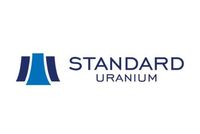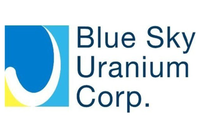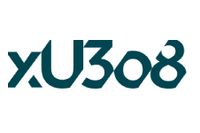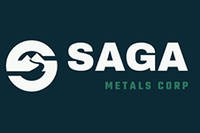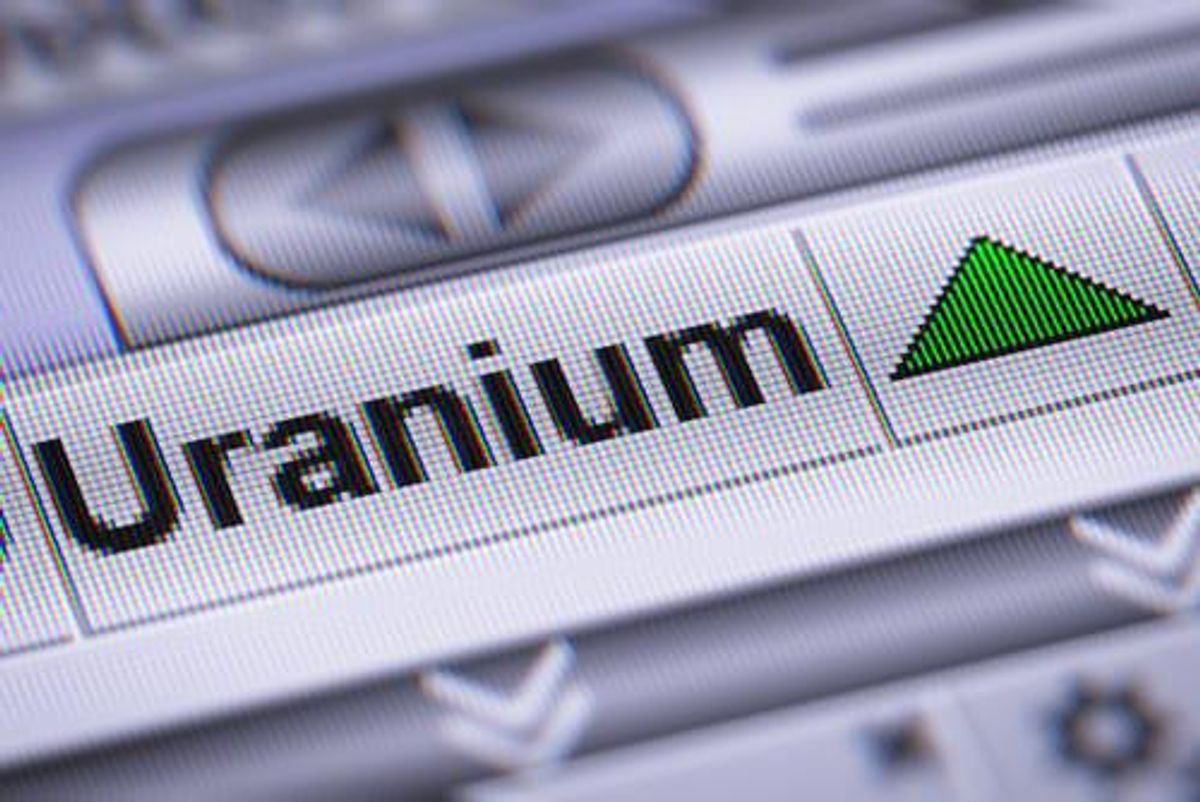
What’s driving the positive forecast? The answer lies in a number of factors that have led experts to believe that the stars are finally aligning.
Uranium is one of the hottest metals on the market today. In the last month, the spot price for U3O8 surpassed US$30 per pound, garnering increased attention from investors. According to research notes from BMO Capital Markets and Morgan Stanley, recent prices signal a floor with a predicted rally over the next few years, peaking at US$50 by 2024. What’s driving the positive forecast? The answer lies in a number of factors that have led experts to believe that the stars are finally aligning.
One of the key drivers of growth in the uranium sector is a renewed interest in nuclear energy across the US and Europe, together with a continued push by China, all spurred by ambitious climate goals and large-scale green energy initiatives. In fact, the UN’s Intergovernmental Panel on Climate Change has stated that a median of 840 GW is required from nuclear energy to meet current climate goals — representing more than double of what’s currently generated worldwide. While last year saw a split decision, recent documents show that EU experts plan to designate nuclear power as a sustainable source of electricity. The official green label will open the door for new investment as European governments race toward a zero-emission standard.
Likewise, nuclear energy plays a central role in China’s 14th five-year plan, with Beijing planning to boost the country’s capacity by 46 percent, reaching 70 GW by 2025. Already, China is on schedule to complete five new reactors while beginning work on four to six new reactors in 2021. Recently, China overtook France in nuclear power generation, and is now second only to the US, where nuclear regulators are now considering extending power plant licenses to 100 years.
Moreover, experts are excited about the emerging development of small modular reactors (SMRs), an innovation that could lead to a paradigm shift in nuclear energy. SMRs have long been viewed as the next step for nuclear power, as well as a new source of clean energy. These novel reactor technologies may have the potential to supply power to smaller electrical grids as well as remote, off-grid areas, reducing the impact of high capital costs and providing power away from large grid systems.
The start of a new cycle for uranium
According to analysis by UxC, the industry’s leading research and analysis group, declining uranium inventories and a depletion of reserves is likely to drive higher cost production by 2025. Annual uranium demand is now above the level that existed prior to the 2011 Fukushima disaster that caused Japan to shut down all of its reactors. Despite this, global production has faltered significantly. The first half of 2021 saw the closure of two major uranium mines: Energy Resources of Australia’s (ASX:ERA) Ranger mine in Australia’s Northern Territory and COMINAK’s Akouta mine in Niger, the latter of which ceased production after nearly half a century of service. With the temporary suspension of its Cigar Lake mine in December 2020, Cameco (TSX:CCO,NYSE:CCJ) lost roughly 1.5 million pounds of uranium every month but announced its plans to restart production in April. The world’s largest uranium operation, Cameco’s McArthur River mine, was suspended in July 2018, lifting more than 25 million pounds off the market.
As it stands, there are more than 440 nuclear reactors in operation worldwide and another 50 under construction. However, in the wake of significant production disruptions, shrinking inventories and the potential consequences of the UK’s withdrawal from the EU, experts are now raising questions about uranium’s long-term availability.
According to UxC estimates, approximately 390 million pounds of uranium are locked up in the long-term market, while 815 million pounds have been consumed over the past half a decade. By 2026, uranium requirements left uncovered by utility inventories are expected to surpass 500 million pounds, reaching 1.4 billion pounds by 2035. While long-term contracting between 2014 and 2020 was only moderate, producers and consumers were protected by higher-price contracts and sizable inventories. Today, UxC believes those factors are no longer at play. In the wake of rising demand fueled by a nuclear energy boom, the pricing reporting agency and research company predicts the beginning of a much larger contracting lifecycle.
In addition, it is important to note that in April 2021, Sprott Asset Management LP entered into a definitive agreement with Uranium Participation Corporation (UPC), the world’s largest publicly traded investment vehicle. UPC provides investors the opportunity to gain exposure to the price of uranium. In Cameco’s earnings call on May 7th, executives said that this agreement provides a potential upside to the market, not to mention create transparency in the spot price.
Canada’s uranium sector poised for growth
Rising demand for nuclear energy translates to rising demand for uranium. Global hotbeds of production are expected to play a significant role in meeting this increased demand. Over two-thirds of the world’s uranium production originates from three countries: Kazakhstan, Canada and Australia. In particular, Canada’s known resources encompass more than 600,000 tonnes of the heavy metal. Canada has also earned a reputation for uranium grades between 10 and 20 times higher than the global average. The country also hosts the world’s largest deposits of high-grade uranium, with grades up to 20 percent uranium, which is 100 times greater than the world average. With the Athabasca Basin as one of the world’s most prospective mineral basins, Canada represents the new frontier for uranium exploration.
Companies like Fission Uranium (TSX:FCU,OTCQX:FCUUF) are well positioned to capitalize on nuclear energy’s status as a frontrunner for the decarbonization of electricity. The company’s high-grade Triple R uranium deposit is located in Saskatchewan’s world-class Athabasca Basin uranium district. The project’s prefeasibility study highlights the potential for the Triple R to become one of the world’s lowest-cost operating uranium mines, and the project is currently advancing towards feasibility status.
Takeaway
Experts have forecasted a robust future for uranium driven by a new phase of nuclear energy investment powered, in turn, by ambitious climate goals and a new standard for energy efficiency. As demand for uranium is expected to continue to rise despite increasing uncertainty about supply, the industry is now facing a growing wedge of uncovered uranium requirements. In the wake of growing optimism for the sector, investors should pay special attention to low-cost uranium operations that are strategically located in the world’s uranium hotspots.
This INNSpired article was written as part of an advertising campaign for a company that is no longer a client of INN. This INNSpired article provides information which was sourced by INN, written according to INN's editorial standards, in order to help investors learn more about the company. The company’s campaign fees paid for INN to create and update this INNSpired article. INN does not provide investment advice and the information on this profile should not be considered a recommendation to buy or sell any security. INN does not endorse or recommend the business, products, services or securities of any company profiled. If your company would benefit from being associated with INN's trusted news and education for investors, please contact us.


